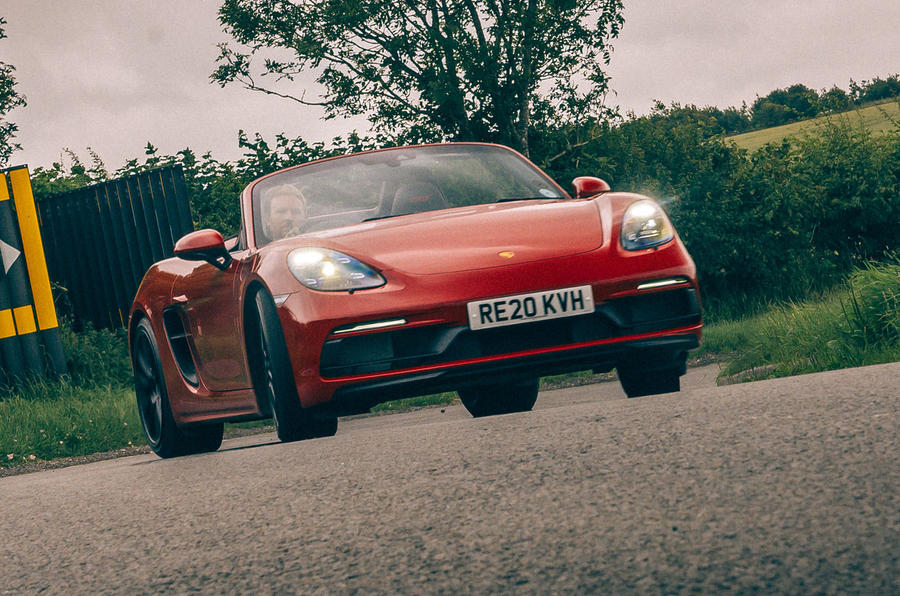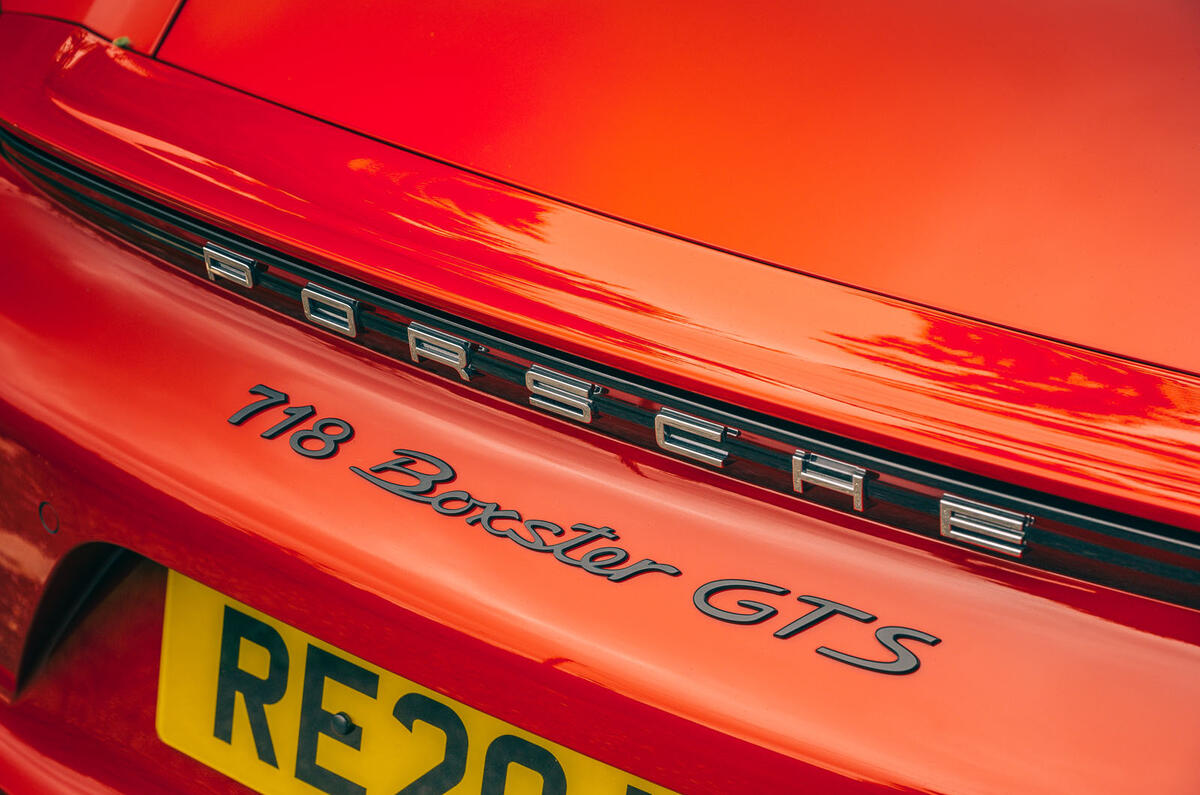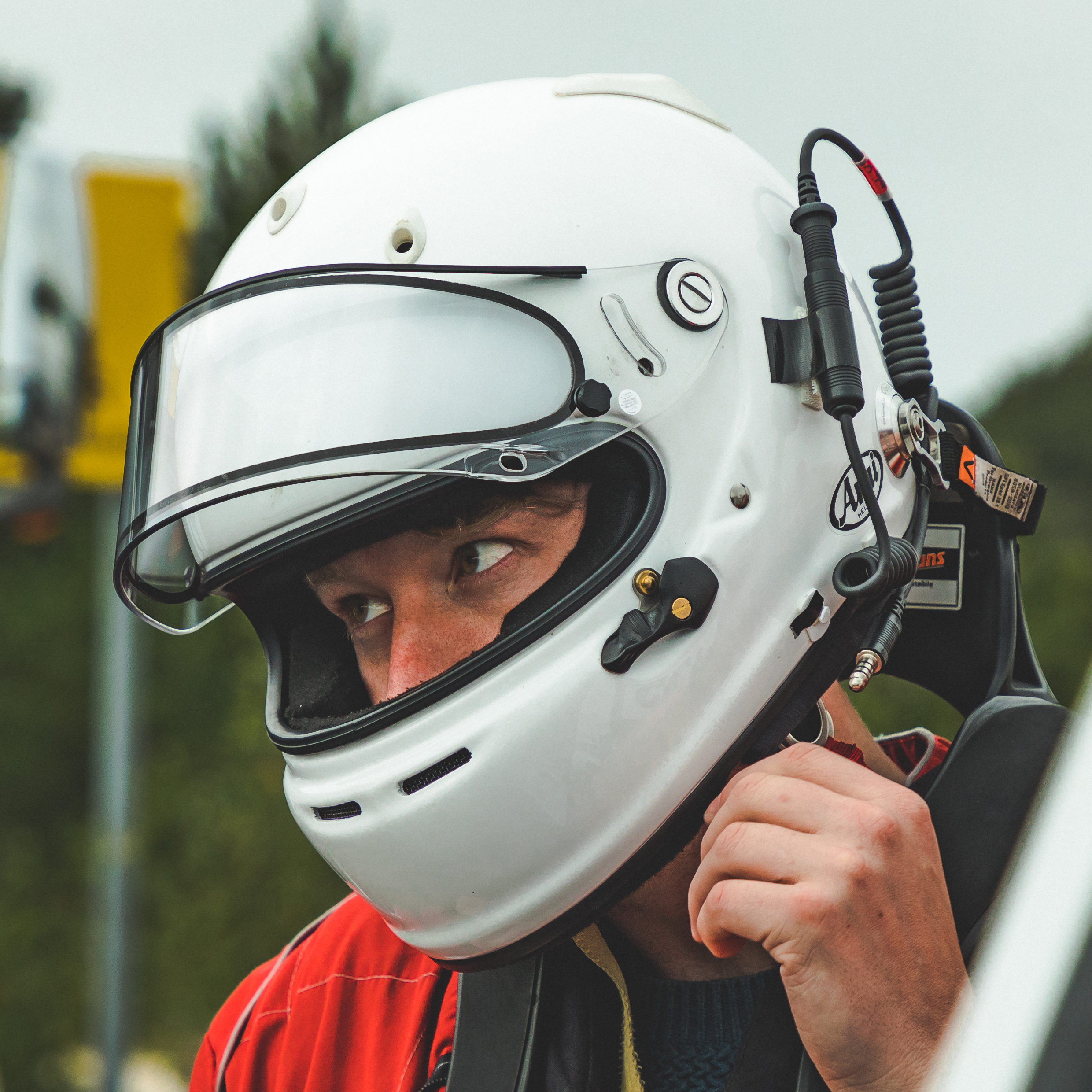What is it?
Six years ago, Porsche, for some vague reason nobody truly understood, decided its Boxster and Cayman replacements – models to be prefixed ‘718’ – should have four-cylinder engines.
For the Boxster this meant the loss of its mid-mounted flat sixes, chiefly the 2.7-litre entry level and the fruitier 3.4-litre of the popular Boxster S. It also meant the gloomy spectre of downsizing with reliance on forced induction had fully descended on the greatest roadster of modern times, and obviously this hurt.
For a while it seemed even the upcoming but as-yet-unannounced new versions of the scintillating Cayman GT4 and tent-roofed Boxster Spyder wouldn’t be spared. And that was excruciating. But then Porsche realised that the appeal of these very expensive special-series sports cars, marketed heavily on ideals of mechanical purity and soul, might not survive the association with an effective but flatulent 2.5-litre four-pot turbo only half as fun to wring out as what you’d find in an old Subaru Impreza. And so it did something unexpected.
Instead of tuning the howling but retired 3.8-litre of the old Cayman GT4 and Boxster Spyder to even greater heights, or winding back the insatiable 9000rpm 4.0-litre of the current 911 GT3, it took the 3.0-litre flat six in the Porsche 911 Carrera, removed the turbochargers and enlarged the capacity to create an almost entirely novel 4.0-litre unit. And to lubricate the economic case, Porsche decided it would eventually offer this unexpected gem not only in the motorsport-engineered 718 flagship models but also in updated versions of the more attainable and available GTS-badged derivatives – cars that, though still excellent, had by then sadly fallen prey to the small-capacity turbo regime.
So here we are: Porsche’s biggest volte-face since the 911 GT3 recouped its manual gearbox, even if the new engine won’t be made available throughout the 718 range. It's a decent victory.





























































Join the debate
Add your comment
Download Latest Video
Nice car
Glad to read about this car reviews. I like this car
Vague Reason...
Yes, a vague reason to add a flat 4, maybe the history of Porsche was built on the flat 4 from the 356, 550, or 904. You know, that pedigree of design and racing that made Porsche fantastic. If that doesn't blow your skirt back, you could say the 3.5L flat 4 also has more useable torque more effeciently at 2k RPM vs having to rev up to 7k. It's like Mr. Lane has never driven the 3.0 or 3.5 variant on any road track.
Immitate
Imitate
Not immitate!